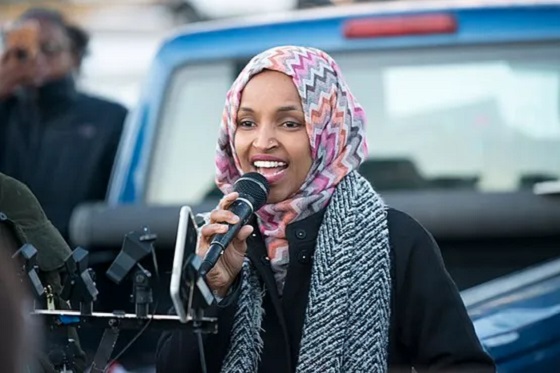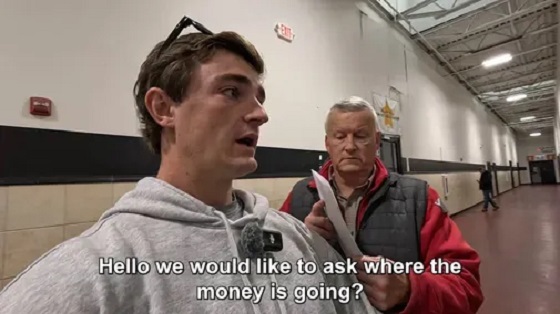Economy
Doug Ford – the Net Zero Premier

 By Dan McTeague
By Dan McTeague
Doug Ford came into power promising a change from the Kathleen Wynne Green Energy Act fiasco – the one which saddled Ontario taxpayers with costly green energy contracts, driving up the price of power. Ford promised to scrap those wasteful contracts, lower hydro rates, and restore affordability to Ontario. But as we take stock of his energy policies today, it seems Ford is steering Ontario down a path that feels a bit too familiar.
For all his talk about energy affordability, Ford continues to pander to the environmentalist “Net Zero” ideology that got Ontario into this mess in the first place. The idea is that somehow Canada will be a net zero emitter of greenhouse gas emissions by 2050. We have seen this play out at the Federal level, with the Trudeau Liberals implementing a host of reckless and punitive policies in the vain hopes of achieving this preposterous goal. You can thank Net Zero for Carbon Taxes, Emissions Caps, the Clean Fuel Standard, Electric Vehicle Mandates and on and on.
Instead of backing away and distancing himself from this scam, Doug Ford has embraced and doubled down on it. Recall that during a provincial leaders debate in June 2022, Ford stated that he will not be happy until Ontario achieves a 100% zero-carbon electricity grid, buying into the Net Zero electrification nonsense that the Trudeau government is pushing. This would mean moving away from fossil fuels like affordable and reliable natural gas as energy sources in Ontario.
Stephen Lecce, Ford’s minister of the recently renamed Ministry of Energy and Electrification, is full steam ahead on this project. And the ministry’s new name is significant, pointing towards an “energy transition” for Ontario, such that eventually everything – cars, home heating, etc. – will be run on electricity rather than traditional fuels.
Currently, about 20 per cent of Ontario’s energy needs are met by electricity, so where will this electricity come from, without fossil fuels? At a recent Empire Club event, Ford gave a fireside chat where he discussed Ontario’s electricity plan (you can hear the interview here). He spoke about the energy sector and his commitment to all low carbon options for Ontario’s electricity grid, including wind and solar. This marks a reversal of his earlier skepticism about these technologies. The irony is that Ontario taxpayers are still paying for the expensive legacy of earlier wind and solar government spending. Wasting more taxpayer dollars will mean more of the following: higher energy costs, decreased grid reliability, and growing public debt.
As energy expert Parker Gallant has pointed out, the costs of wind power alone have been staggering, with taxpayers footing the bill for inefficient projects that deliver intermittent power. Doubling down on these same strategies, even under a different name, does little to address affordability or reliability.
Ford has hitched his horse fully to the Net Zero wagon. According to his government’s policy document Planning for electrification and the energy transition: “Much of the world – including many of Ontario’s major trading partners – have committed to achieving economy-wide carbon neutrality by 2050.” Consequently, it recommends that Ontario adopt similar Net Zero strategies, as doing so allegedly contributes “to the global climate solution and thereby sets the province up to succeed and prosper in the emerging global clean energy economy.”
These claims didn’t make sense when they were made five years ago and they make even less sense today. Afterall, Ontario’s largest trading partner to the South has just elected Donald Trump whose policy approach to energy can be summarized by the phrase, “Drill Baby Drill.” We can expect that one of Trump’s first acts as president will be to (once again) exit the Paris Agreement. Trump has no intention of drinking the Net Zero KoolAid, though he will no doubt be happy to have America’s competitors like Canada burden themselves with unnecessary environmental commitments and regulations, which will drive up the cost of doing business and make “made in America” a much more attractive brand. Competitiveness and affordability in Canada can go out the window as manufacturers and businesses will start looking South as the more attractive business environment.
While Trump seeks to unleash the United States’ energy potential, Ford will only stifle Ontario’s. Which is to say, Ford is setting Ontario up for failure. Now that is a real net zero.
Dan McTeague is President of Canadians for Affordable Energy.
Business
The great policy challenge for governments in Canada in 2026
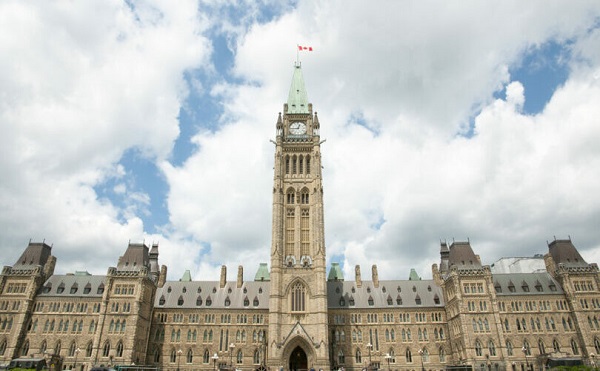
From the Fraser Institute
According to a recent study, living standards in Canada have declined over the past five years. And the country’s economic growth has been “ugly.” Crucially, all 10 provinces are experiencing this economic stagnation—there are no exceptions to Canada’s “ugly” growth record. In 2026, reversing this trend should be the top priority for the Carney government and provincial governments across the country.
Indeed, demographic and economic data across the country tell a remarkably similar story over the past five years. While there has been some overall economic growth in almost every province, in many cases provincial populations, fuelled by record-high levels of immigration, have grown almost as quickly. Although the total amount of economic production and income has increased from coast to coast, there are more people to divide that income between. Therefore, after we account for inflation and population growth, the data show Canadians are not better off than they were before.
Let’s dive into the numbers (adjusted for inflation) for each province. In British Columbia, the economy has grown by 13.7 per cent over the past five years but the population has grown by 11.0 per cent, which means the vast majority of the increase in the size of the economy is likely due to population growth—not improvements in productivity or living standards. In fact, per-person GDP, a key indicator of living standards, averaged only 0.5 per cent per year over the last five years, which is a miserable result by historic standards.
A similar story holds in other provinces. Prince Edward Island, Nova Scotia, Quebec and Saskatchewan all experienced some economic growth over the past five years but their populations grew at almost exactly the same rate. As a result, living standards have barely budged. In the remaining provinces (Newfoundland and Labrador, New Brunswick, Ontario, Manitoba and Alberta), population growth has outstripped economic growth, which means that even though the economy grew, living standards actually declined.
This coast-to-coast stagnation of living standards is unique in Canadian history. Historically, there’s usually variation in economic performance across the country—when one region struggles, better performance elsewhere helps drive national economic growth. For example, in the early 2010s while the Ontario and Quebec economies recovered slowly from the 2008/09 recession, Alberta and other resource-rich provinces experienced much stronger growth. Over the past five years, however, there has not been a “good news” story anywhere in the country when it comes to per-person economic growth and living standards.
In reality, Canada’s recent record-high levels of immigration and population growth have helped mask the country’s economic weakness. With more people to buy and sell goods and services, the overall economy is growing but living standards have barely budged. To craft policies to help raise living standards for Canadian families, policymakers in Ottawa and every provincial capital should remove regulatory barriers, reduce taxes and responsibly manage government finances. This is the great policy challenge for governments across the country in 2026 and beyond.
Business
Dark clouds loom over Canada’s economy in 2026

From the Fraser Institute
The dawn of a new year is an opportune time to ponder the recent performance of Canada’s $3.4 trillion economy. And the overall picture is not exactly cheerful.
Since the start of 2025, our principal trading partner has been ruled by a president who seems determined to unravel the post-war global economic and security order that provided a stable and reassuring backdrop for smaller countries such as Canada. Whether the Canada-U.S.-Mexico trade agreement (that President Trump himself pushed for) will even survive is unclear, underscoring the uncertainty that continues to weigh on business investment in Canada.
At the same time, Europe—representing one-fifth of the global economy—remains sluggish, thanks to Russia’s relentless war of choice against Ukraine, high energy costs across much of the region, and the bloc’s waning competitiveness. The huge Chinese economy has also lost a step. None of this is good for Canada.
Yet despite a difficult external environment, Canada’s economy has been surprisingly resilient. Gross domestic product (GDP) is projected to grow by 1.7 per cent (after inflation) this year. The main reason is continued gains in consumer spending, which accounts for more than three-fifths of all economic activity. After stripping out inflation, money spent by Canadians on goods and services is set to climb by 2.2 per cent in 2025, matching last year’s pace. Solid consumer spending has helped offset the impact of dwindling exports, sluggish business investment and—since 2023—lacklustre housing markets.
Another reason why we have avoided a sharper economic downturn is that the Trump administration has, so far, exempted most of Canada’s southbound exports from the president’s tariff barrage. This has partially cushioned the decline in Canada’s exports—particularly outside of the steel, aluminum, lumber and auto sectors, where steep U.S. tariffs are in effect. While exports will be lower in 2025 than the year before, the fall is less dramatic than analysts expected 6 to 8 months ago.
Although Canada’s economy grew in 2025, the job market lost steam. Employment growth has softened and the unemployment rate has ticked higher—it’s on track to average almost 7 per cent this year, up from 5.4 per cent two years ago. Unemployment among young people has skyrocketed. With the economy showing little momentum, employment growth will remain muted next year.
Unfortunately, there’s nothing positive to report on the investment front. Adjusted for inflation, private-sector capital spending has been on a downward trajectory for the last decade—a long-term trend that can’t be explained by Trump’s tariffs. Canada has underperformed both the United States and several other advanced economies in the amount of investment per employee. The investment gap with the U.S. has widened steadily since 2014. This means Canadian workers have fewer and less up-to-date tools, equipment and technology to help them produce goods and services compared to their counterparts in the U.S. (and many other countries). As a result, productivity growth in Canada has been lackluster, narrowing the scope for wage increases.
Preliminary data indicate that both overall non-residential investment and business capital spending on machinery, equipment and advanced technology products will be down again in 2025. Getting clarity on the future of the Canada-U.S. trade relationship will be key to improving the business environment for private-sector investment. Tax and regulatory policy changes that make Canada a more attractive choice for companies looking to invest and grow are also necessary. This is where government policymakers should direct their attention in 2026.
-

 International1 day ago
International1 day agoTrump confirms first American land strike against Venezuelan narco networks
-
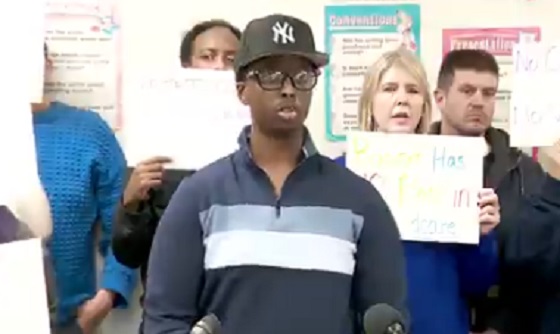
 Business1 day ago
Business1 day agoHow convenient: Minnesota day care reports break-in, records gone
-

 Opinion2 days ago
Opinion2 days agoGlobally, 2025 had one of the lowest annual death rates from extreme weather in history
-

 Business1 day ago
Business1 day agoThe great policy challenge for governments in Canada in 2026
-
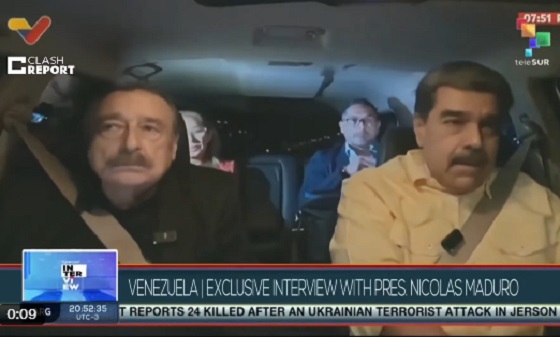
 International7 hours ago
International7 hours agoMaduro says he’s “ready” to talk
-

 Bruce Dowbiggin7 hours ago
Bruce Dowbiggin7 hours agoThe Rise Of The System Engineer: Has Canada Got A Prayer in 2026?
-
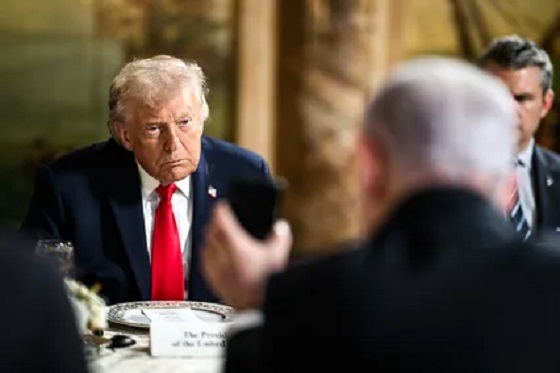
 International7 hours ago
International7 hours agoLOCKED AND LOADED: Trump threatens U.S. response if Iran slaughters protesters





